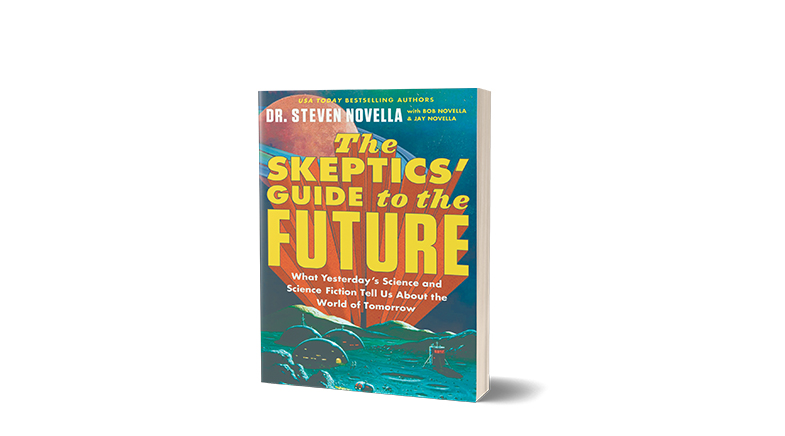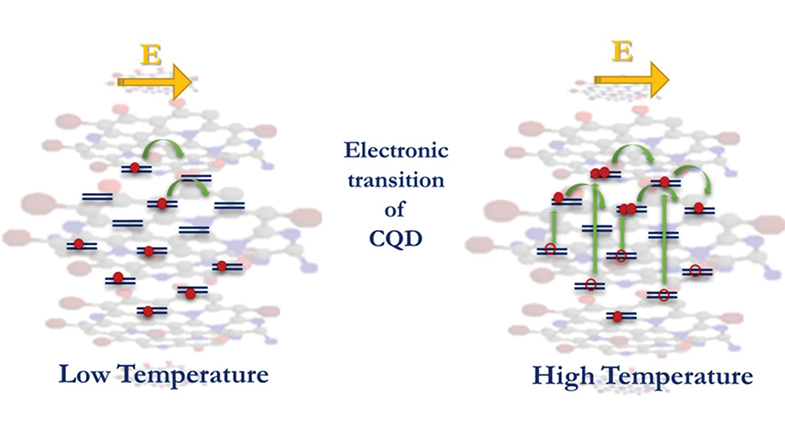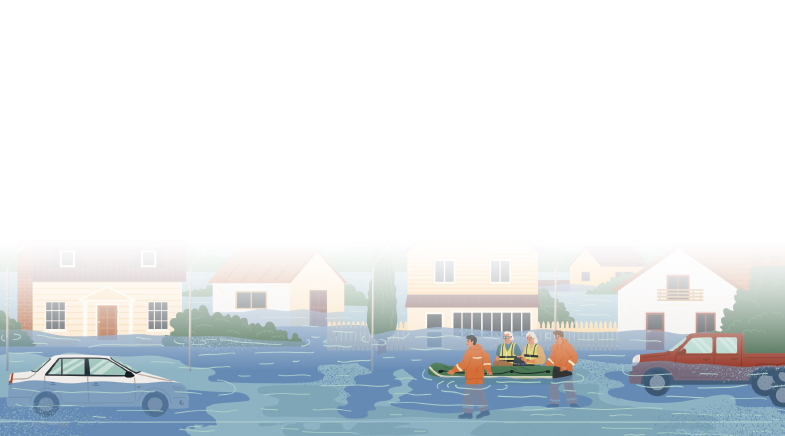Here today; coming tomorrow
-
- from Shaastra :: vol 02 issue 01 :: Jan - Feb 2023

The Novella siblings' provocative book advocates a rational examination of technology.
How do you predict the technologies that will catch on and shape the future? This book, from lead author and neurologist Steven Novella and his siblings, Jay and Bob, sets out a template for doing this in a rational, sceptical way.
The Novellas are prominent members of the Skeptic Community. This is a loose association of scientifically minded individuals who try to examine underlying evidence before accepting any assertion, or hypothesis. They are, by and large, non-religious and they tend to be cautious about buying into the hype surrounding new technology, or blue sky science discovery.
As the book points out, predictions about future technologies can turn out wrong for multiple reasons. There's a tendency to be overoptimistic in the short term. For example, commercial power through controlled nuclear fusion has been believed to be just 20 years in the future since the 1950s, and fully autonomous cars (and flying cars) were expected to be personal transport options by the early 21st century.
There's also a tendency to underestimate the long-term impact of new technologies. Edison believed there was no commercial future for the gramophone; Tom Watson of IBM thought a global market existed for a maximum of five computers.
Unpredictable, disruptive breakthroughs can cause sharp changes in direction. For example, cellphone design was aimed at smaller devices until the advent of the iPhone with a bigger screen. Old technologies can also remain popular even when there are newer, shinier alternatives: We still use wood and stone as primary materials, and fossil fuels still supply over 80% of global energy.
CRITICAL CORNERS
Having said all that, the authors (who also run one of the best pop-science podcasts) then take a long and winding ride through multiple disciplines, devoting a chapter or so to each area they consider critical.
The book has five sections. Part One looks at the science and philosophy of prediction. Part Two — Today's Technology — covers stem cells, quantum computing, autonomous transport, nanomaterial, VR/AR, AI, 3D printing, and renewable energy.All this is near-future. There's been an enormous interest in these areas, as well as commercial investments.

Part Three is on technologies that don't exist yet, but are promising areas with significant academic and commercial interest. These include room-temperature semiconductors, controlled fusion, space elevators, synthetic life and mature nanotech. Part Four — The Future of Space Travel — is devoted to far-future ideas such as space settlements, extra-terrestrial colonies and terraforming other planets. There's some research in these areas, but much of it is perhaps centuries away.
Part Five is on science fiction (SF) tech. This consists of themes that crop up in SF, and it's an examination of what is, and what isn't, possible. It looks at cold fusion and free energy, Faster-than-Light (FTL) travel and FTL communication, anti-gravity, gadgets such as Tractor Beams à la Star Trek and Lightsabres à la Star Wars, regeneration and immortality, uploading consciousness/the Matrix.
OVERCOMING BARRIERS
Some of these ideas are just figments of the imagination and barred by the laws of physics, but others have come up in serious debates. For example, the concepts of immortality and regeneration and uploading consciousness and the Matrix are examined in the chapters on Today's Technology as well.
One key point is simply about the persistence of extant mature technology. New technology may be viable, but it may not be adopted because people are comfortable with the legacy options, which satisfy normal use-cases.
Another point the book makes is about promises not easily translating into delivery. This is the case with DNA and stem cell manipulation, quantum computing, nanomaterial and fusion. The potential is obvious. But, in each case, surprisingly difficult barriers seem to prevent ideas from translating into reality.
This is where the concept of long-term underestimation comes into play: disruptive breakthroughs in understanding could eventually lead to big advances. This is why the book suggests AI could be crucial: it might provide the breakthroughs that enable many other things.
In many respects, this is a provocative book. It tries to inculcate a philosophy of rational examination of the world. It will be interesting to look back at the laundry list of topics it deals with, 10 years down the line.
Have a
story idea?
Tell us.
Do you have a recent research paper or an idea for a science/technology-themed article that you'd like to tell us about?
GET IN TOUCH














